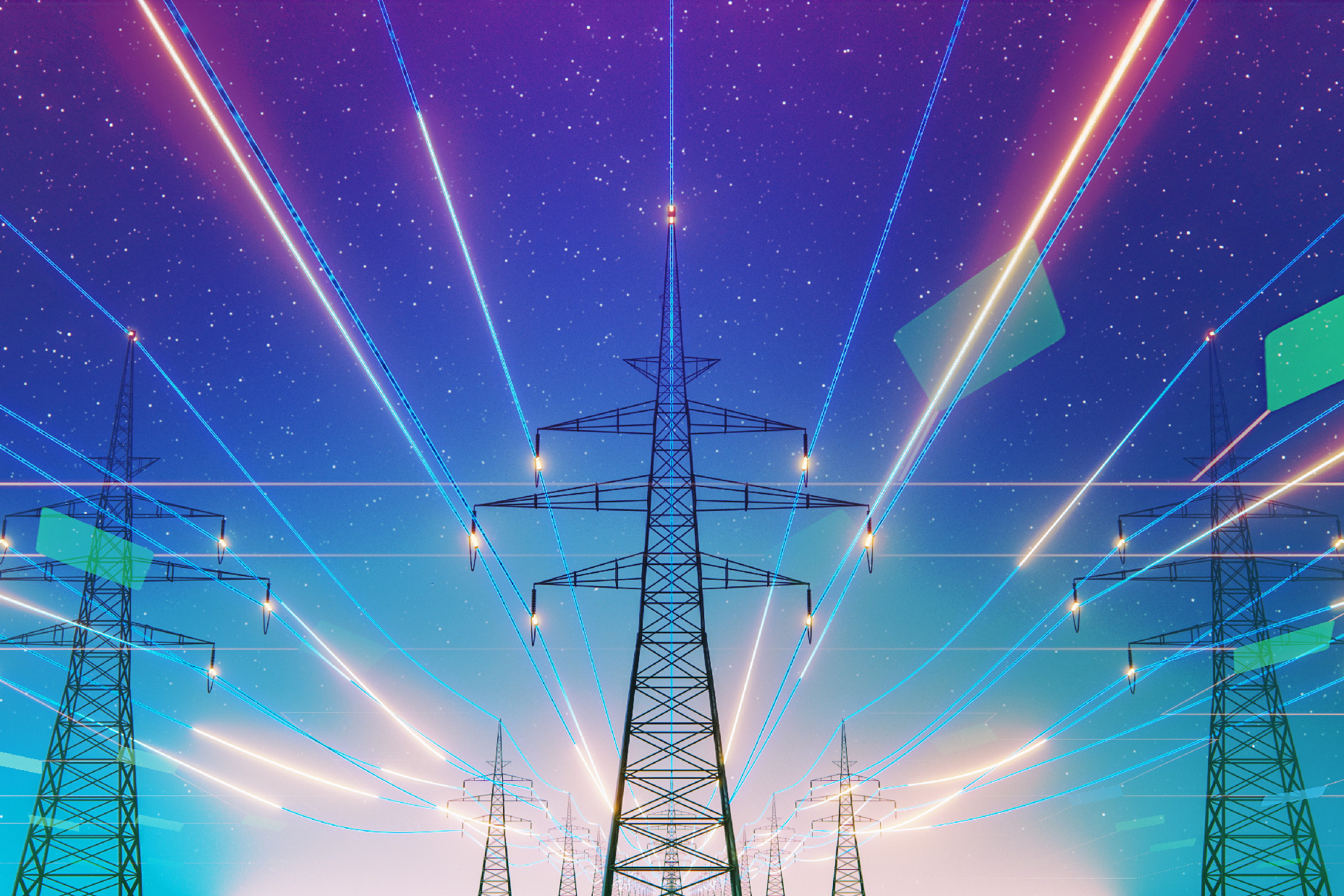Google’s AI predicts weather using fraction of computing power
Google unveiled NeuralGCM, a hybrid weather prediction model that combines machine learning with traditional forecasting techniques and has surprising benefits. Weather prediction has enjoyed dramatic improvements in forecast accuracy but traditional techniques require vast computing resources to run increasingly complex algorithms. General circulation models (GCMs) form the basis of the climate and weather predictions that let you know whether you’ll need an umbrella tomorrow. GCMs are physics-based simulators that use mathematical equations based on the laws of physics to simulate how air, water, and energy move around the planet. Typical GCMs divide Earth’s surface into a grid of cells up The post Google’s AI predicts weather using fraction of computing power appeared first on DailyAI.

Google unveiled NeuralGCM, a hybrid weather prediction model that combines machine learning with traditional forecasting techniques and has surprising benefits.
Weather prediction has enjoyed dramatic improvements in forecast accuracy but traditional techniques require vast computing resources to run increasingly complex algorithms.
General circulation models (GCMs) form the basis of the climate and weather predictions that let you know whether you’ll need an umbrella tomorrow.
GCMs are physics-based simulators that use mathematical equations based on the laws of physics to simulate how air, water, and energy move around the planet.
Typical GCMs divide Earth’s surface into a grid of cells up to 100 kilometers like a giant chessboard. The algorithm processes each square in a step-wise approach to predict how the atmospheric conditions are likely to change.
The equations behind GCMs are incredibly complex and keep some of the world’s biggest supercomputers busy.
Machine learning (ML) models for weather prediction have shown significant potential but they are primarily data-driven.
An ML weather prediction model has a great idea of historical weather data but lacks the inherent understanding of the physical laws governing the atmosphere that are modeled in a GCM.
ML models are fast and can provide accurate short-term forecasts, but they often struggle with long-term stability and rare extreme weather events or future climate scenarios.
NeuralGCM developed by a team at Google Research combines the accuracy and long-term prediction capabilities of traditional GCMs with the improved resolution, efficiency, and speed of ML models.
NeuralGCM is freely available, and we are excited to see how scientists build upon it.
For more details, see my blog post describing the work, and our open source code:https://t.co/AfqLagoYDshttps://t.co/MSlFg6pgfj
— Stephan Hoyer (@shoyer) July 22, 2024
The paper says that NeuralGCM’s accuracy is comparable to or better than the current state-of-the-art GCM models. It says NeuralGCM is, “the first machine-learning-based model to make accurate ensemble weather forecasts, with better CRPS than state-of-the-art physics-based models.
CRPS is a score that compares predicted weather with the actual weather that transpires.
The researchers claim, “NeuralGCM is competitive with machine-learning models for one- to ten-day forecasts, and with the European Centre for Medium-Range Weather Forecasts ensemble prediction for one- to fifteen-day forecasts.”
While NeuralGCM achieves comparable prediction results to GCMs, it is orders of magnitude less computationally intensive and a lot less complex.
The paper doesn’t say how large NeuralGCM is but offers Google’s ML weather prediction model GraphCast as a comparison.
GraphCast consists of around 5,417 lines while the National Oceanic and Atmospheric Administration’s (NOAA) FV3 atmospheric model has approximately 376,578 lines of code.
The researchers say that NeuralGCM enables “3 to 5 orders of magnitude savings in computational resources.”
To put this in context, the paper explains that “NeuralGCM-1.4° simulates 70,000 simulation days in 24 hours using a single tensor-processing-unit versus 19 simulated days on 13,824 central-processing-unit cores with X-SHiELD,” which is a high-resolution weather prediction model.
The researchers say their results show their model has impressive climate modeling capabilities. The paper notes that “NeuralGCM models trained on 72-hour forecasts are capable of realistic multi-year simulation.”
Combining machine learning with traditional physics models like Google did with weather prediction “has the potential to transform simulation for a wide range of applications, such as materials discovery, protein folding and multiphysics engineering design.”
Resource-hungry AI has seen data centers come in for a lot of criticism for their carbon emissions and potential climate impact.
NeuralGCM is a good example of how AI could positively impact the environment by replacing, or augmenting, inefficient traditional processes to reduce computing power consumption.
The post Google’s AI predicts weather using fraction of computing power appeared first on DailyAI.






















